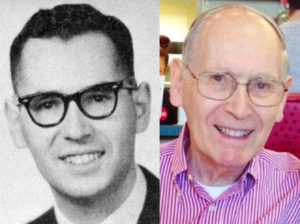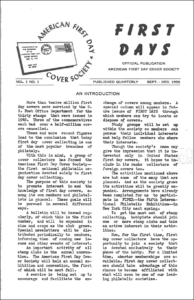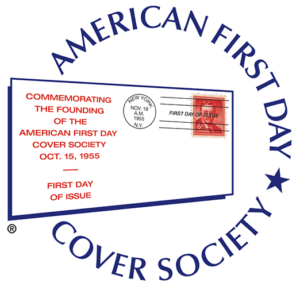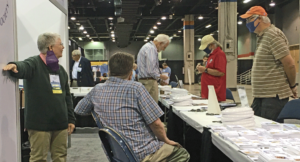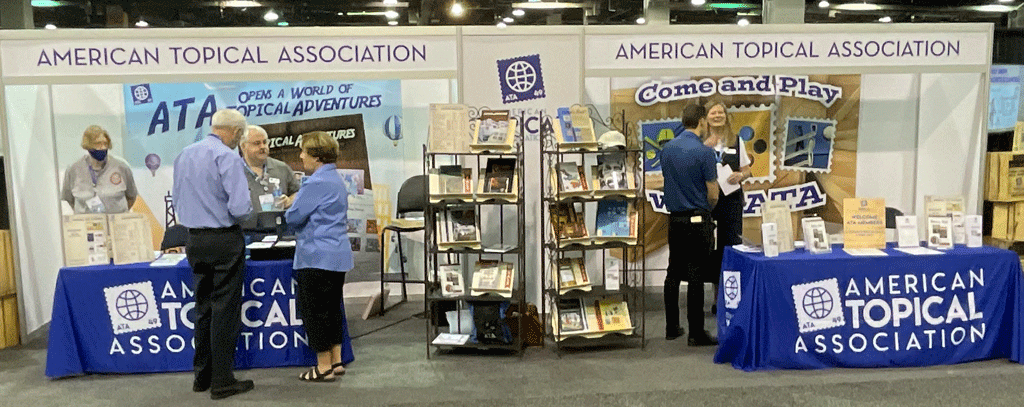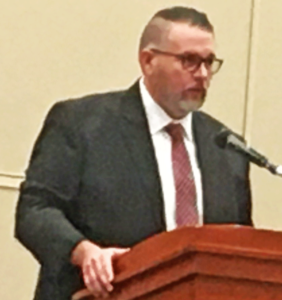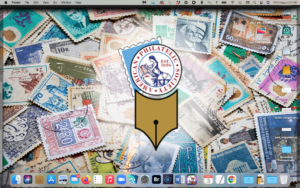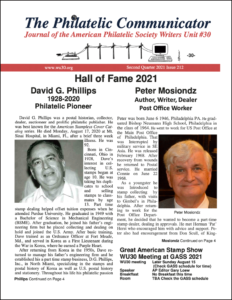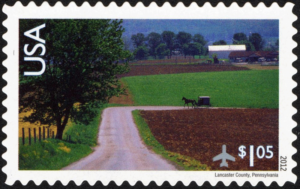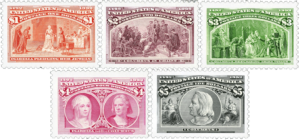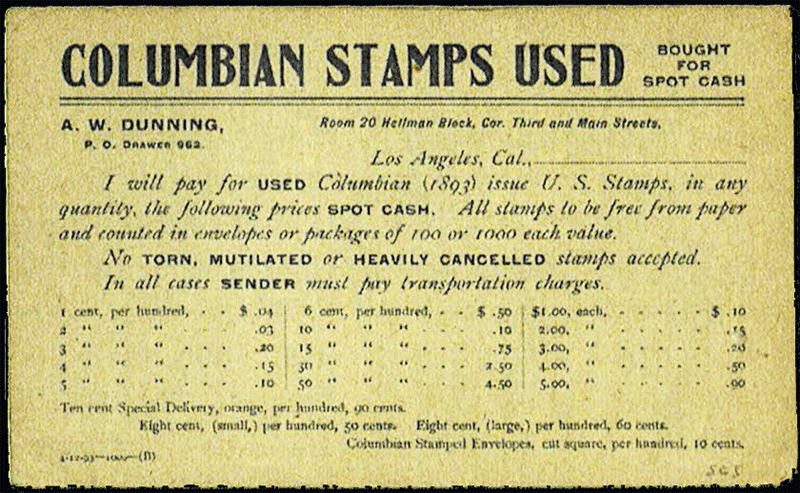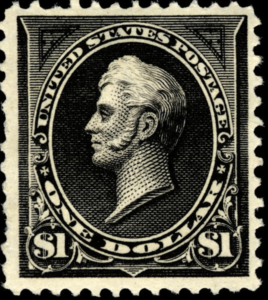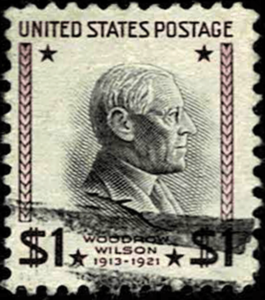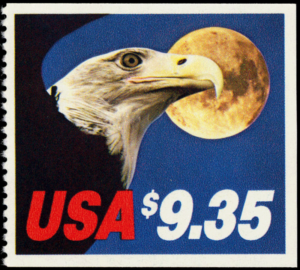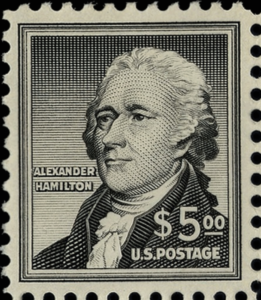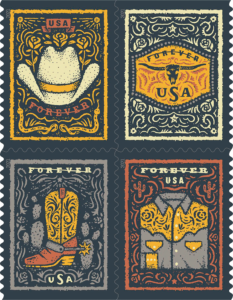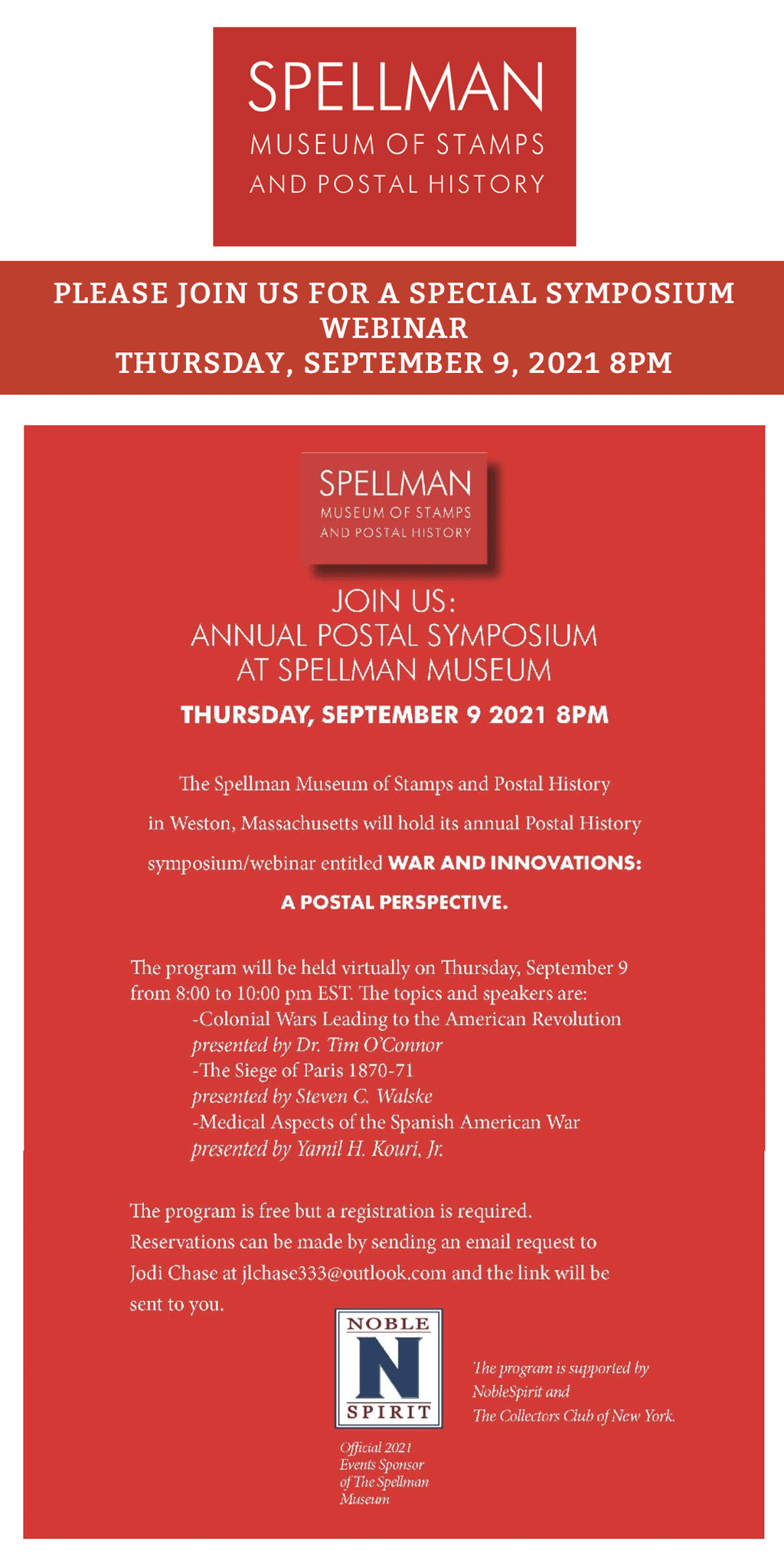Read VSC’s notes after the lengthy press release for more information. “Epic” may refer more to the efforts of stamp collectors who try to collect one of each!
[press release] [you can click on any image for a larger version]
Royal Mail Reveals Epic Stamp Images of the New DC Collection
Featuring Batman, His Allies, DC Super-Villains and a Special Justice League Stamp Miniature Sheet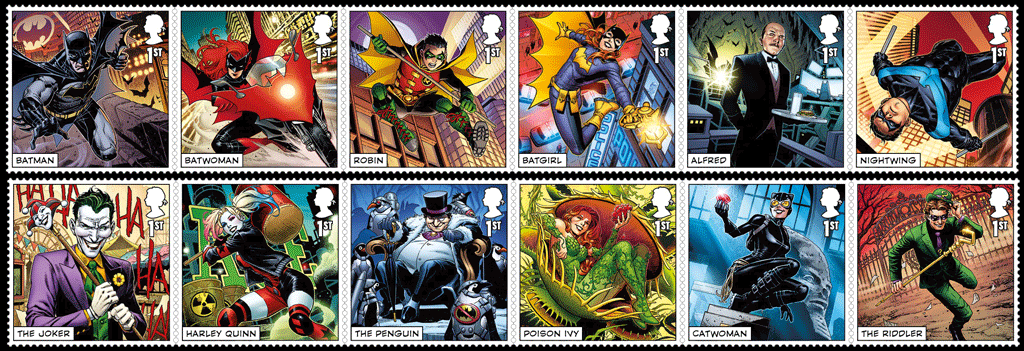
Issue Date: 17 September
- The 12 stamps in the main set feature: Batman; Batwoman; Robin; Batgirl; Alfred; Nightwing; The Joker; Harley Quinn; The Penguin; Poison Ivy; Catwoman; and The Riddler
- A further six stamps, presented in a Miniature Sheet, celebrate the Justice League – the World’s Greatest Super Heroes joining forces to protect the planet, featuring: Batman; Green Lantern and The Flash; Wonder Woman; Superman; Cyborg and Aquaman; Supergirl and Shazam!
- All 18 stamps have been illustrated exclusively for the stamp issue by British, comic book artist, Jim Cheung and award-winning colourist, Laura Martin
- DC have thrilled generations of readers and given birth to some of the best-known Super Heroes and Super-Villains in the world
- The full set of 18 stamps, available in a Presentation Pack, retails at £16.20. The stamps and a range of collectible products are available to pre-order now at www.royalmail.com/dccollection and go on general sale from 17 September
Royal Mail, in partnership with Warner Bros. Consumer Products, has revealed stunning images of 18 stamps that celebrate DC and the Super Heroes & Super-Villains genre that it helped create.
The main set of 12 stamps pay tribute to the world-famous Batman, his allies and foes through the ages. 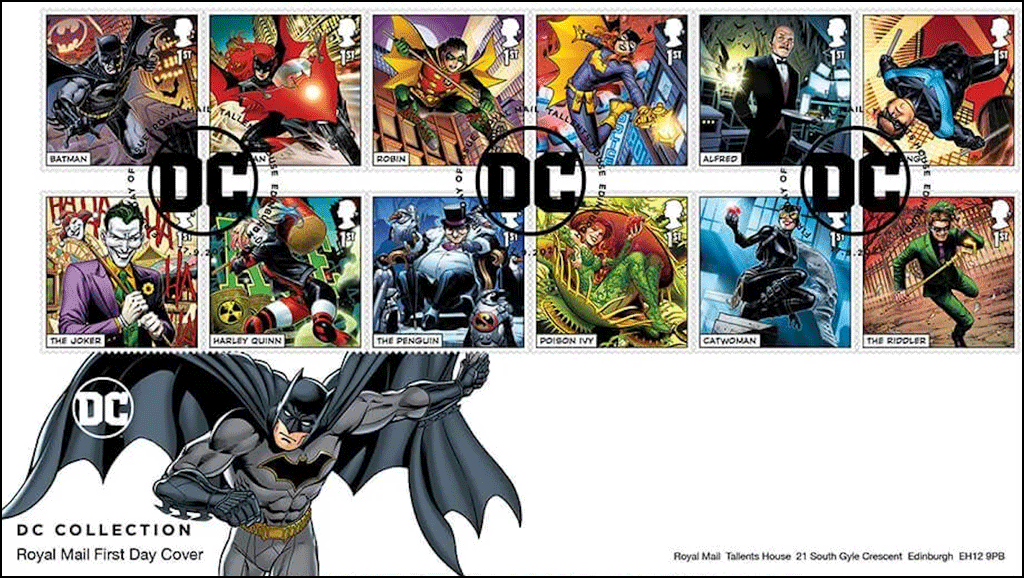 Featured on the main stamps in the set are:
Featured on the main stamps in the set are:
- Batman
- Batwoman
- Robin
- Batgirl
- Alfred
- Nightwing
- The Joker
- Harley Quinn
- The Penguin
- Poison Ivy
- Catwoman
- The Riddler
A further six stamps, presented in a Miniature Sheet, celebrate the Justice League – the World’s Greatest Super Heroes joining forces to protect the planet:
- Batman;
- Green Lantern and The Flash;
- Wonder Woman;
- Superman;
- Cyborg and Aquaman;
- Supergir and Shazam!
All 18 stamps have been specially commissioned for Royal Mail and illustrated by British 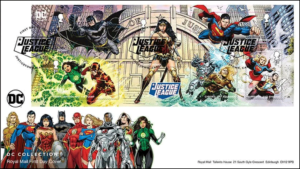 comic book artist, Jim Cheung and colourist Laura Martin.
comic book artist, Jim Cheung and colourist Laura Martin.
Matt Parkes, Director Stamps & Collectibles, Royal Mail, said: “Generations have grown up, spellbound by the adventures and the personalities of these Super Heroes and Super-Villains. These illustrations detail each character with such vivid imagery that they look ready to leap out of the stamp!”
STAMP-BY-STAMP: MAIN SET
Gotham City Allies!
Since his first appearance, Batman has built up a formidable array of ‘family’ and allies as he fights crime in the troubled streets of Gotham City. Some – such as Catwoman and 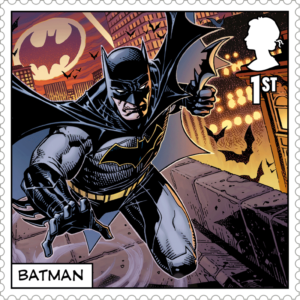 Jason Todd – tread a delicate path between heroic acts and villainy. Others – such as Robin and Batgirl – have gone on to become fully fledged members of the Batman Family, fighting both alone and alongside the Dark Knight against the city’s crazed Super-Villains
Jason Todd – tread a delicate path between heroic acts and villainy. Others – such as Robin and Batgirl – have gone on to become fully fledged members of the Batman Family, fighting both alone and alongside the Dark Knight against the city’s crazed Super-Villains
Batman
Bruce Wayne swore vengeance when his parents were gunned down in front of him. He spent his teenage years training to be a master of martial arts and the World’s Greatest Detective. On his return to Gotham City, he takes on the role of Batman to strike fear into  the hearts of criminals and create a more just world.
the hearts of criminals and create a more just world.
Batwoman
Kate Kane becomes Batwoman after the Dark Knight saves her life. Thanks to rigorous training, she uses her abilities to protect the innocent from crime and corruption.
Robin
Dick Grayson, Jason Todd, Tim Drake and Stephanie Brown 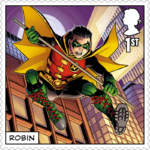 have all been Robin, but the latest is the Dark Knight’s own son – Damian Wayne. Trained in secret by his mother, Talia al Ghul, to be an assassin, Damian eventually connects with his father who takes him under his protective wing and puts his deadly skills to better use.
have all been Robin, but the latest is the Dark Knight’s own son – Damian Wayne. Trained in secret by his mother, Talia al Ghul, to be an assassin, Damian eventually connects with his father who takes him under his protective wing and puts his deadly skills to better use.
Batgirl
Barbara Gordon is a computer mastermind and a martial arts expert. She combines these skills to fight crime as Batgirl and keep Gotham City safe.
 Alfred
Alfred
Alfred Pennyworth has been the man Batman trusts most in the world. He provides medical, technological and emotional support to the Dark Knight, constantly looking after his welfare and helping him reach his full potential.
Nightwing
Dick Grayson was the first Robin. After outgrowing the role, he took on the mantle of Nightwing, bringing justice to the streets of Blüdhaven.
Gotham City Foes!
Gotham City’s mean streets have given birth to a number of crazed Super-Villains. Some, such as Poison Ivy, fight for their own causes, while others seek fortune and infamy. Many, such as The Joker, are simply looking to bring ruin to those around them. Others, like Harley Quinn and Catwoman, have occasionally helped Batman and his allies. But all have had moments when they’ve brought fear and terror to Gotham City… even though it may 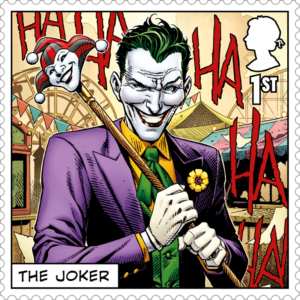 not have taken long for Batman to thwart their evildoings.
not have taken long for Batman to thwart their evildoings.
The Joker
The Joker is Batman’s complete opposite. He is a ruthless criminal whose maddening plans have brought death and destruction to Gotham City while hurting those closest to the Dark Knight. The Joker’s origins are shrouded in mystery, but he has developed an obsession with Batman as the two are locked in a never-ending duel.
Harley Quinn
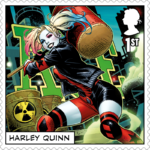 Harley Quinn once had an obsessive love affair with The Joker. Now she’s gone solo and has even become something of an anti-hero – albeit in her own chaotic way.
Harley Quinn once had an obsessive love affair with The Joker. Now she’s gone solo and has even become something of an anti-hero – albeit in her own chaotic way.
The Penguin
Operating from his nightclub, the Iceberg Lounge, and obsessed with birds, Oswald Cobblepot is better known as The Penguin and controls much of Gotham City’s criminal underworld.
Poison Ivy
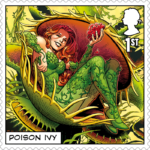 Botanist Pamela Isley gained the power to control flora and became an eco-terrorist, fighting to save her beloved plant life from humankind’s destruction.
Botanist Pamela Isley gained the power to control flora and became an eco-terrorist, fighting to save her beloved plant life from humankind’s destruction.
Catwoman
Selina Kyle is the criminal who stole Batman’s heart. She is one of the best jewel thieves in the world but also protects those close to her with a feline ferocity.
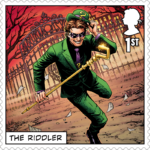 The Riddler
The Riddler
Edward Nygma is better known as The Riddler, a criminal genius obsessed with puzzles. He loves leaving clues to his crimes – clues usually only someone as smart as he can solve.
MINIATURE SHEET
Wonder Woman
Wonder Woman is an Amazonian warrior beyond compare – the only thing that rivals her super-strength is her compassion and belief in others.
Superman
 The last survivor of Krypton, Superman protects his adopted home of Earth as he battles for truth, justice and hope – shining a light on what the world can be.
The last survivor of Krypton, Superman protects his adopted home of Earth as he battles for truth, justice and hope – shining a light on what the world can be.
Batman
Bruce Wayne assumed the identity of Batman to strike fear into the hearts of criminals. He is Gotham City’s protector and the World’s Greatest Detective.
 Aquaman
Aquaman
Aquaman is the half-human, half-Atlantean King of the Seven Seas. He accepts his destiny to protect both the surface world and its underwater realms from global threats.
Cyborg
When teenager Victor Stone is injured in a tragic accident, his father rebuilds him as a Cyborg – part human, part machine and all Super Hero.
Green Lantern
Jessica Cruz overcomes anxiety and fear to join the Green Lantern Corps. She uses her 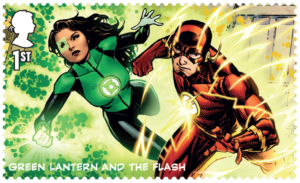 power ring to protect Earth and the universe as a part of this courageous intergalactic peacekeeping force.
power ring to protect Earth and the universe as a part of this courageous intergalactic peacekeeping force.
The Flash
The Flash is the Fastest Man Alive after a freak lightning strike connected Barry Allen to the mysterious Speed Force and opened up the possibilities of the Multiverse for all.
Supergirl
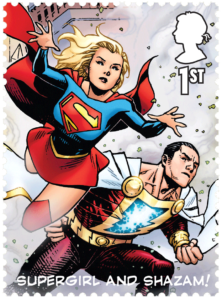 The powerful Kara Zor-El arrived on Earth as a teenager long after her cousin grew up to become Superman, but she quickly realises she can be her own positive force for justice in her new home.
The powerful Kara Zor-El arrived on Earth as a teenager long after her cousin grew up to become Superman, but she quickly realises she can be her own positive force for justice in her new home.
Shazam!
An ancient wizard bestowed teenager, Billy Batson, with magic superpowers, and now he can transform into Earth’s Mightiest Mortal by uttering one word: SHAZAM!
The full set of 18 stamps, available in a Presentation Pack, retails at £16.20. The stamps and a range of collectible products are available to pre-order from today (1 September) at www.royalmail.com/dccollection and go on general sale from 17 September 2021.
Here are the first-day postmarks, two for the “main set” and two for the minisheet: VSC’s Notes:
VSC’s Notes:
There are many more philatelic products available: Framed prints, unserviced envelopes, postcard sets, medal covers, medals by themselves, gold-plated covers, “souvenirs” (FDCs without addresses), press sheets and a prestige booklet. There are two booklets, each with two DC stamps and 4 of Her Majesty: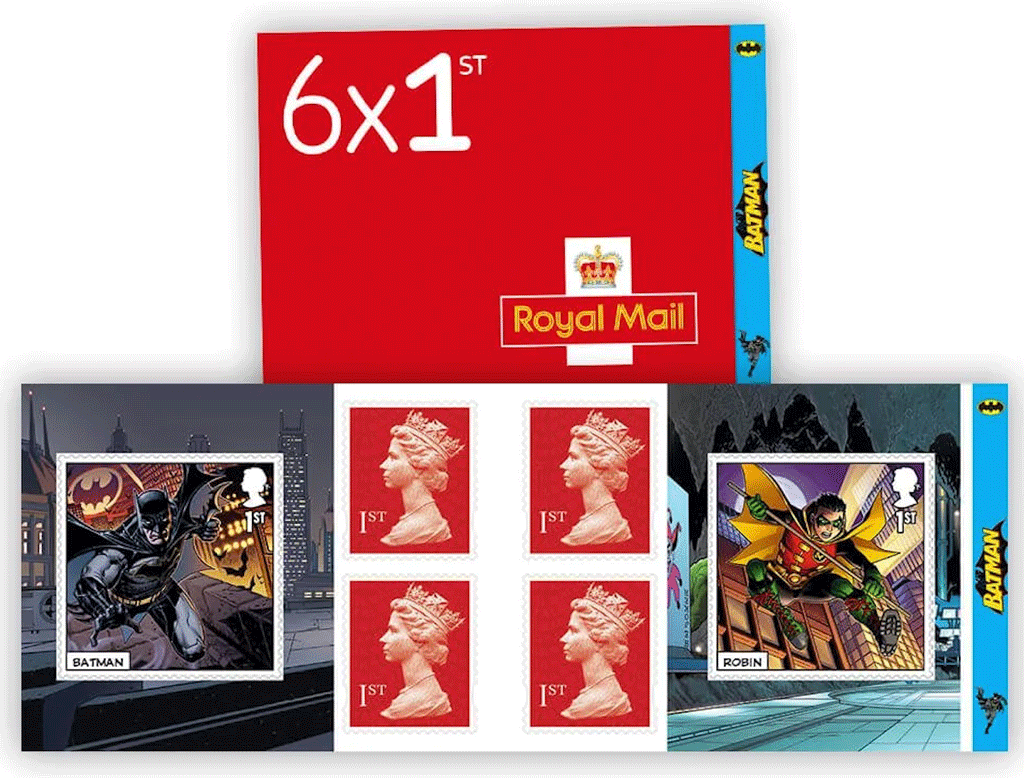 and
and …and a prestige booklet that includes a pane only available in that product
…and a prestige booklet that includes a pane only available in that product 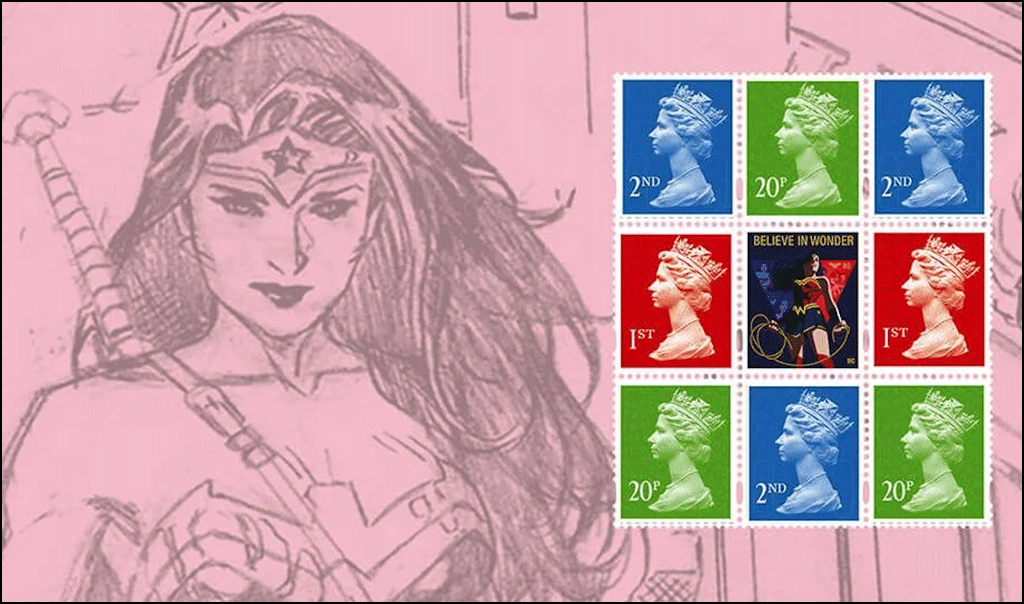 and on a first-day cover, but not separately.
and on a first-day cover, but not separately. We calculate that to buy one of everything will cost nearly 1,000 pounds — £995.41 to be exact. That’s US$1,370.44 or €1,159.76! Or as they say in comic books, !!!!
We calculate that to buy one of everything will cost nearly 1,000 pounds — £995.41 to be exact. That’s US$1,370.44 or €1,159.76! Or as they say in comic books, !!!!
Stamp Images we couldn’t fit in above: 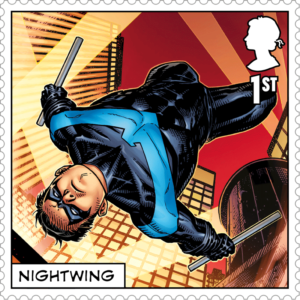
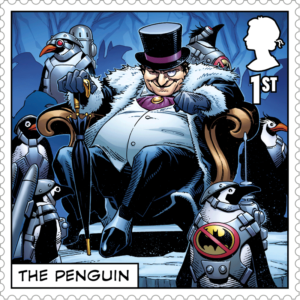
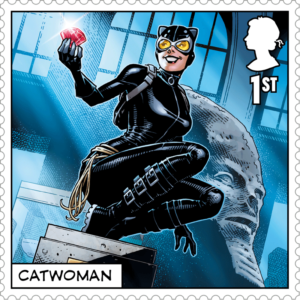
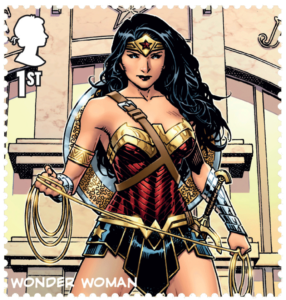
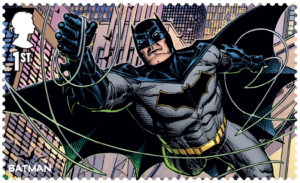 Finally, here are links to VSC material on other comic book superheroes stamps:
Finally, here are links to VSC material on other comic book superheroes stamps:

 News in its October 4th issue, which went online Saturday. The USPS said it did not plan a rate increase in January 2022.
News in its October 4th issue, which went online Saturday. The USPS said it did not plan a rate increase in January 2022.
